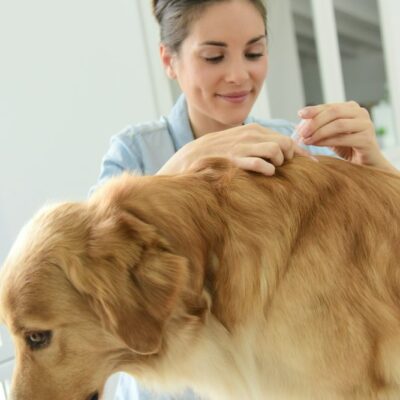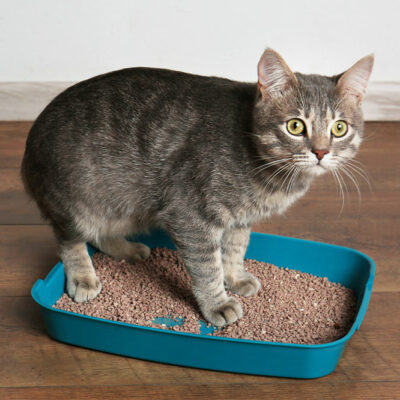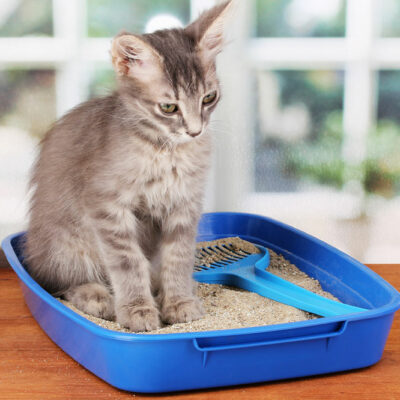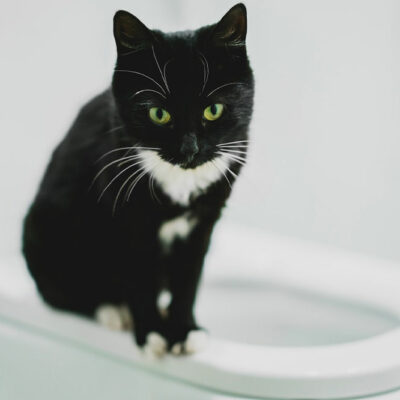
4 simple tips to choose healthy dog food
The pet food in your cart is not going to be healthy just because the packaging claims it is. Instead of relying on what the advertisements tell you is good for your pet, you should research and understand what is actually beneficial for them. If you want to keep your canine healthy and happy, select the best dog food at your disposal. Here are four factors to consider the next time you’re shopping for dog food. Be mindful of their age The most important factor to consider while choosing the best dog food is your pet’s health. You should pick food age-appropriate food for your pooch, both in quality and quantity. Experts say that puppies need food packed with protein and vital minerals, while an adult dog’s diet should depend on their daily activities. Older dogs should be served low-calorie food that’s rich in fiber, protein, and fatty acids. Meet their nutritional needs Meeting your pet’s nutritional requirements is essential to keep them healthy. One of the things to keep in mind while looking for the best dog food is the type, quality, and amount of nutrients it contains. Professionals say selecting foods with all essential macro and micronutrients is the right way to go.
Read Article 









